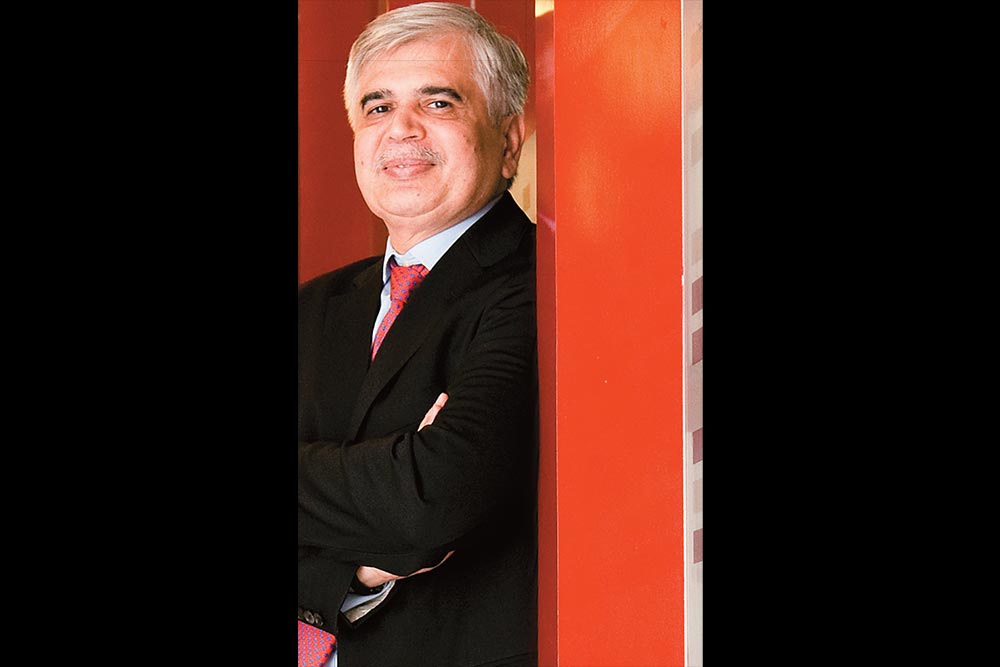Create awareness: A whistleblower hotline may help detect risks. A well-designed internal communication campaign will go a long way in creating awareness and encouraging the use of the hotline.
Improve accessibility: Ease of access to the hotline is a significant determinant of the level of its usage. Successful hotlines give users a range of options to communicate in a format they are most comfortable with, such as phone lines, emails, faxes, PO Box, web portals, etc.
Assure anonymity: Personal safety and security is the most important parameter. The perceived possibility of retaliation or harassment is a strong deterrent for users. Creating a framework that maintains confidentiality increases trust and faith among potential users.
Demonstrate commitment: While protecting identity generates trust, a track record of demonstrated action on complaints received creates confidence. Timely action not only inspires confidence but also leads to strong employee involvement. Actions taken must be communicated to the whistleblower and the organisation at large.
Sponsor from the top: Periodic communication from the chairman, MD or CEO of the company has proved to be an effective demonstration of senior management’s commitment to creating an ethical work culture. The “tone at the top” should emphasise that the whistleblower mechanism has the full support of senior management even though it’s an independent process.











